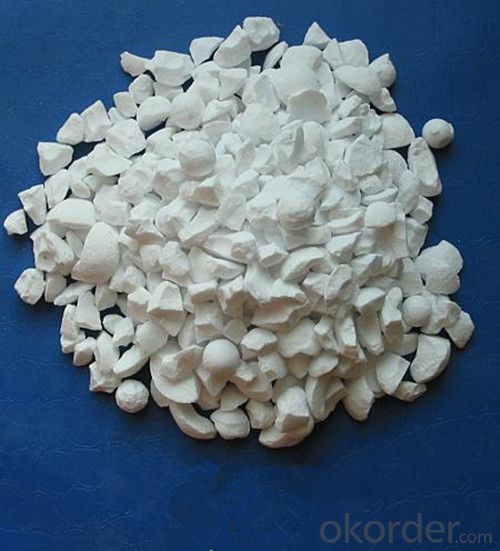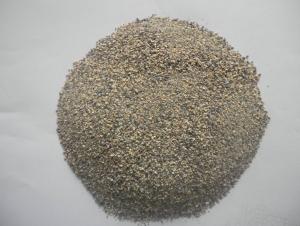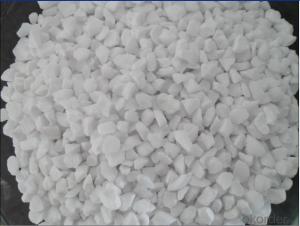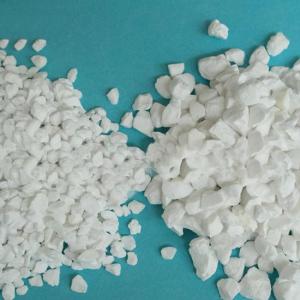Raw Materials for Refractory:Ta Tabular Alumina for Refractory with Good Price
- Loading Port:
- Tianjin
- Payment Terms:
- TT OR LC
- Min Order Qty:
- 0 m.t.
- Supply Capability:
- 20000 m.t./month
OKorder Service Pledge
OKorder Financial Service
You Might Also Like
Specification of Tabular Alumina
Item | B.D g/cm3 | Absorbing water rate(%) | Porosity | Chemical Composition | |||
AL2O3 | Fe2O3 | SiO2 | NaO2 | ||||
TA | 3.5 | 1.5max | 5.0% | 99.2%min | 0.2% max | 0.2% max | 0.4% max |
Packaging & Shipping
In 1MT jumbo bag or as the buyer request.
We ship the cargo in 20' GP containers,each container loads 25MT/20bags.
Application of Tabular Alumina
1.Excellent insulation raw materials for fire-proof, porcelain and electric instruments.
2.Excellent material for milling tool and polishing milling.
Our Services
1.We will keep the client informed about the cargo situation,from production time to the shipment.
2.We test samples picked up from the plant or loading port in our designated third party lab or SGS lab.We tes sample before every shipment to make sure each lot quality is good for our client.
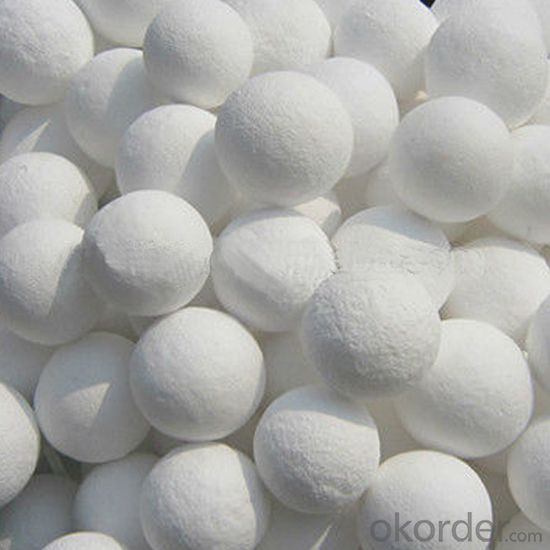
- Q: What is acid refractory material?
- In fact, with the content of zirconia refractory multiple theory should also be acid refractory
- Q: What are the applications of refractory in petroleum?
- It can be used in chemical filler. For general process, some insulation parts also need to use refractory.
- Q: what is the original materials of fireproof coating?
- Fire retardant coating is composed of the base materials (that is film forming substance), pigments, ordinary coating additives, fire retardant agent and dispersion medium. In addition to fire retardant agent, other components functions the same as in ordinary coating, but its performance and thickness are specifically required. Some solvent-based fire retardant coating can burn upon encountering fire before construction.In fact,It is the flammable solvent contained in the coating that is burning while substances such as the base materials and fire retardant agent does not burn. Because solvent-based fireproof coating contains organic solvent and these fire-resistant coating, once leaked from the bucket, are likely to cause a fire. Fireproof coating on the substrate can insulate heat only after the solvent contained evaporates compeletly.
- Q: What is the type of heat resistance property of high temperature electric furnace ?
- According to the levels of refractoriness : Common refractories: & Gt: 1580 ℃ ~ 1770 ℃ advanced refractories: 1770 ℃ ~ 2000 ℃ AAA refractories; 2000 ℃
- Q: Can anyone say something about what A-level fire-proof decorative material is?
- Now A-level market is very confusing. The major products are material monomer A-level and composite A-level, now a lot of B-level material is wrapped in calcium silicate board. The foam cement overall composite is level A, such as phenolic aldehyde composite, as well as some of the foam paddings, while monomer A-level includes rock wool, ultra-thin insulation panel and the like.. But there are few products with real sound A level qualification. Many manufacturers are playing the edge ball with A-level fire rating examining reports and B-level system detection reports and records, but this situation will not last long, which will soon be clear. I hope the information above can help you. Hope you adopt
- Q: How to choose construction external wall thermal insulation and fireproofing materials?
- Now external wall insulation decoration one board is more popular thermal insulation material. Low-carbon energy-saving insulation decoration board combine two constructions (decoration, insulation) into one, saving nearly ten processes,and construction period. Compared with conventional thermal insulation methods, it can increase construction efficiency one time by shortening 60% of the construction period. It integrates low carbon, energy conservation, decoration, fireproof and building aesthetic effect by combining like-dissolving-like binding system installation and bump fixed system, and under long-term cooperation of air handling system and waterproof system. It has excellent outdoor weather resistance, colour?retention, alkali?resistance, water resistance, scrubbing resistance, crack resistance and temperature change resistance, wear resistance, collion resistance and the paint film is firm and durable, with strong adhesive force and mould proof effect. It can provide all-dimensional thermal insulation, decoration, low carbon and energy conservation and fire prevention for construction projects.
- Q: What parts of cement kilns are refractories used on?
- These parts are decomposition furnace, smoke chamber, kiln, kiln hood, grate?cooler, tertiary air duct and coal pipe.
- Q: Can anyone tell me what is a high alumina refractory?
- Refractories refer to a class of inorganic non-metallic materials whose refractoriness are no less than 1580 ℃. Refractoriness is the Celsius temperature when cone-shaped samples can resist high temperature without softening and melting down in the absence of a load. But it is not accurate to define refractory merely by judging that whether the refractoriness is no less than 1580 ℃. Currently, the materials whose physical and chemical properties allow them to be used in high temperature environments are called refractories. Refractory materials are widely used in metallurgy, chemical industry, petroleum, machinery manufacturing, power and so on, among which the metallurgical industry is the largest demander in this regard, accounting for 50% to 60% of total output. Hope it will help you out!
- Q: How many kilns using refractories are needed? What are the furnaces respectively?
- Rotary kiln, general alumina bricks, high alumina bricks, corundum - mullite brick and vertical kiln. I am limited. Please forgive me that I can only talk about what I know. There are tunnel kiln, clay brick, etc. which can be used in these kiln and shuttle kiln and so on. Shuttle kiln.
- Q: Could you tell me the fire-resisting time of class B fire proof door?
- The fire-resisting time of class B fire proof door is 1h and thickness of door can't be lower than 45mm.
Send your message to us
Raw Materials for Refractory:Ta Tabular Alumina for Refractory with Good Price
- Loading Port:
- Tianjin
- Payment Terms:
- TT OR LC
- Min Order Qty:
- 0 m.t.
- Supply Capability:
- 20000 m.t./month
OKorder Service Pledge
OKorder Financial Service
Similar products
Hot products
Hot Searches
Related keywords

